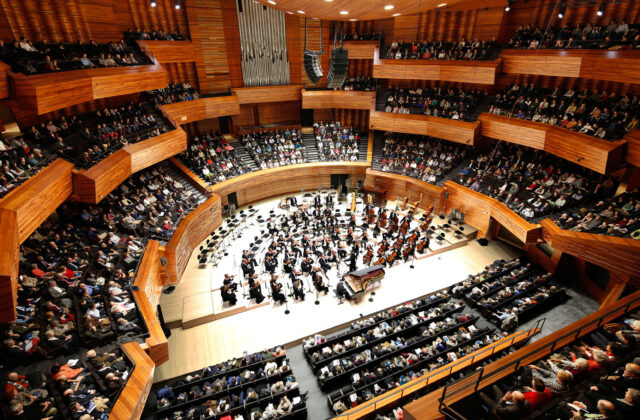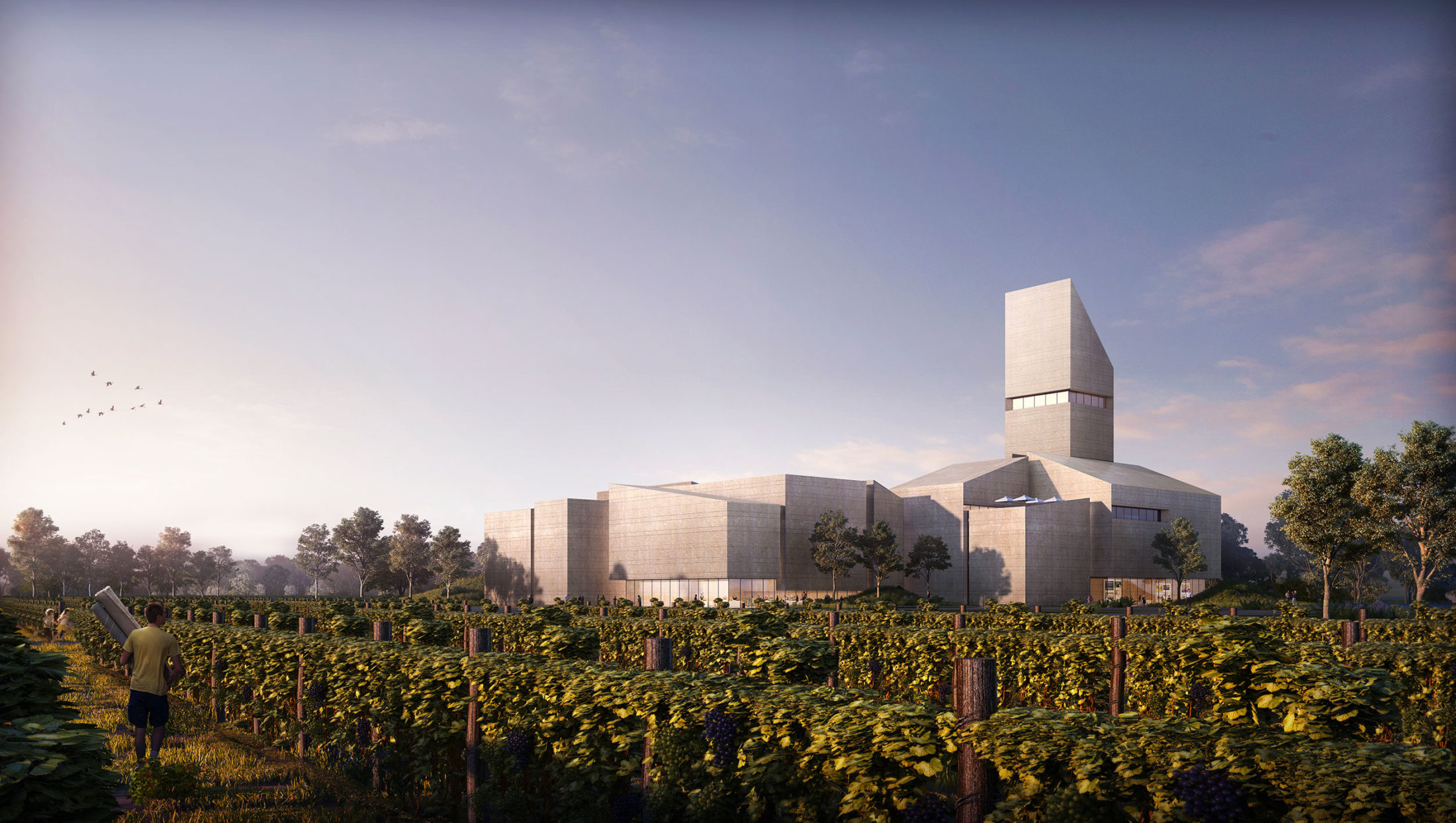
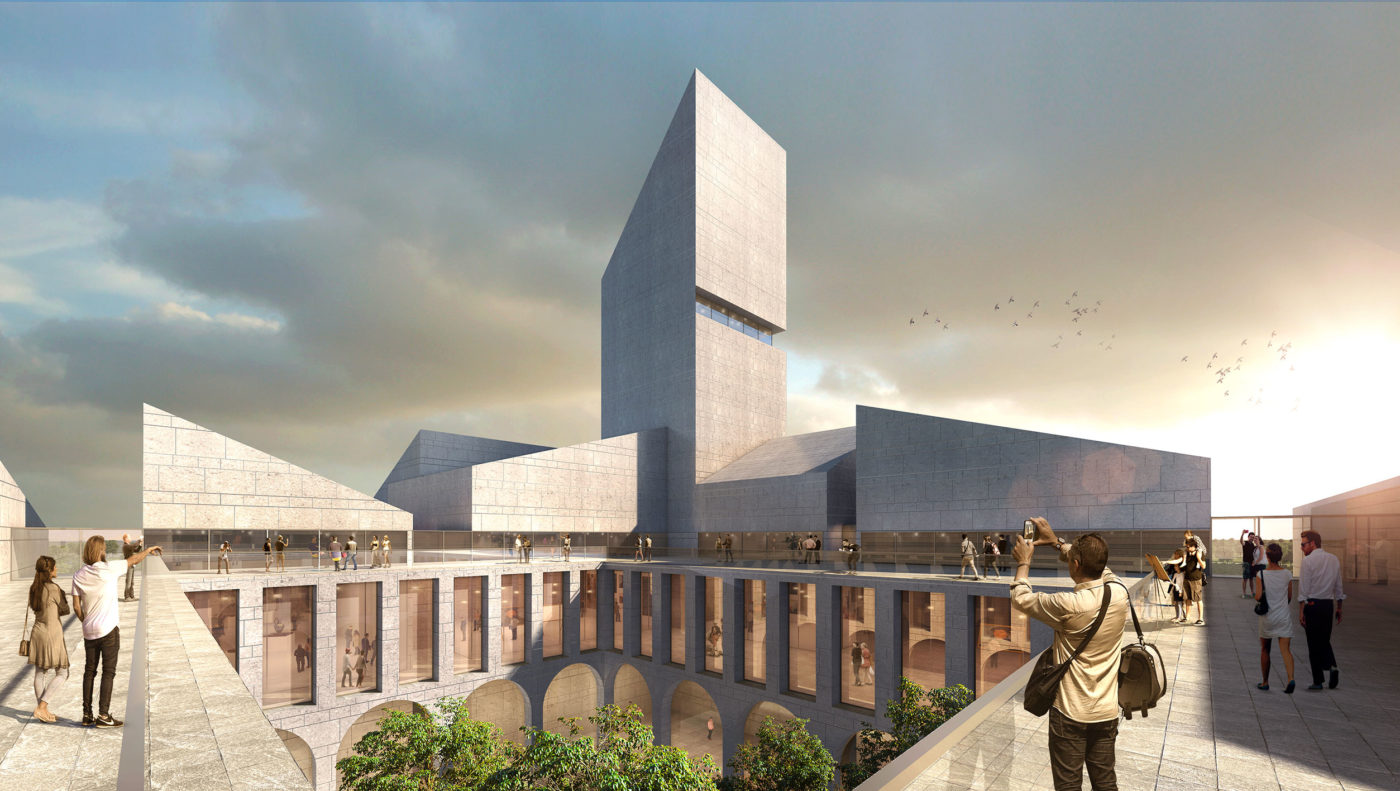
Inspired by the Medieval cities in Bordeaux, the architecture of this stone village leaning against the vines combines tradition and modernity. This hybrid museum, bringing together exhibition spaces, restaurants and a wine school, offers a new destination in the Fangshan Valley.
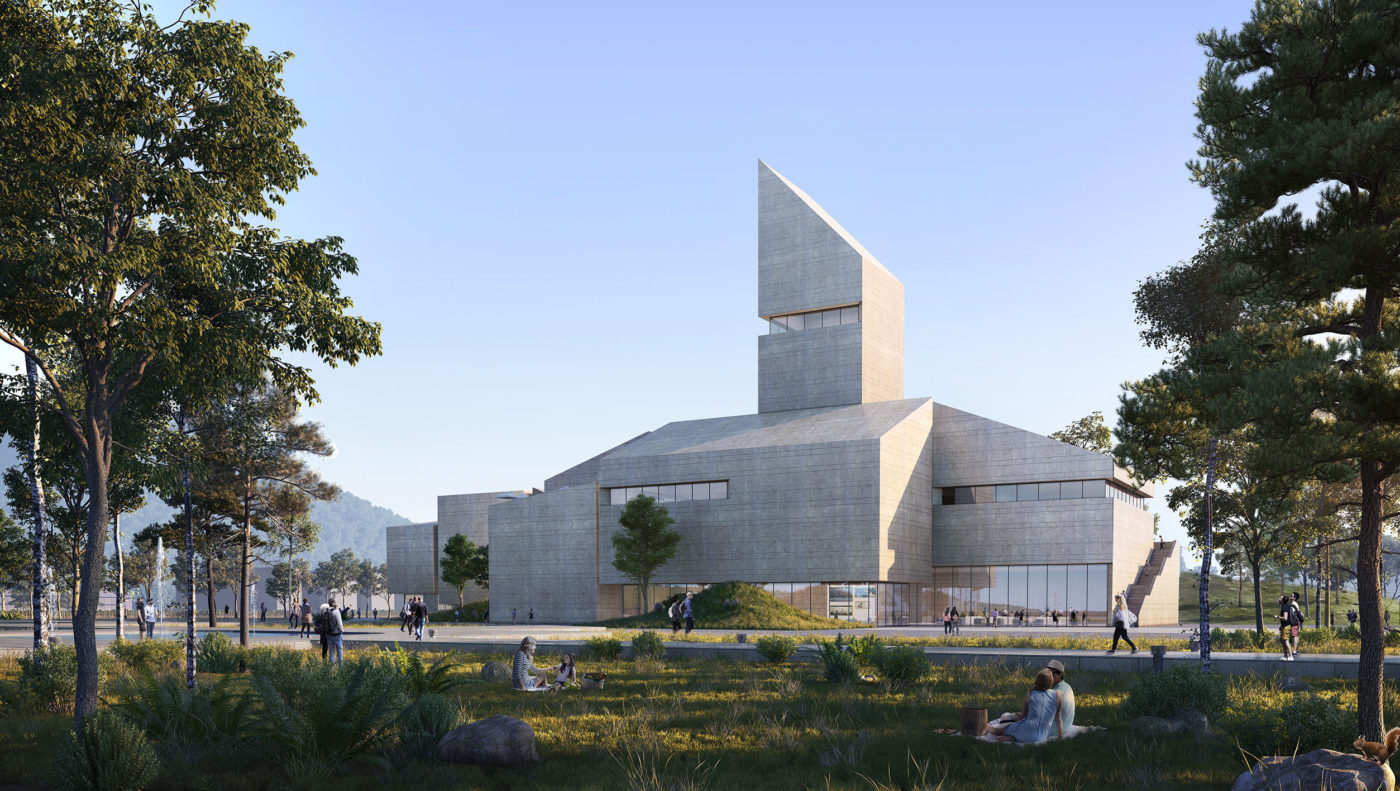
Located in the Southwest of Beijing in Fangshan District, the International Wine Village project, the first leisure / work / training complex with the theme of wine in China, signifies and reinforces the link that this country maintains with France. This unprecedented project in China aims to constitute a new place that brings together passionate amateurs of vines and wine and a public in search for learning. The objective is to better understand and appreciate this terroir, both in terms of gastronomy and landscape, in order to preserve, develop and promote this terroir. The accompanying architectural project seeks to create an emblematic building exploring history and focusing on heritage values, while echoing nature.

On the edge of the hills, the project site is spread out between low-density, rural-type fabrics. It enjoys privileged access and a position in the window on the surrounding axes. The International Wine Village fits subtly into this vast landscape, between wine-growing plain and green hills. The project is carried out according to the idea of a stone village leaning against the vines. It is a place that intelligently combines traditional references, both Chinese and French, with the comfort of modernity.
Like the Medieval city of Saint-Emilion in France, classified as a World Heritage site by UNESCO, the International Wine Village is made up of a succession of volumes, boxes, intertwined with each other. Each volume offers a unique shape and a constantly renewed opening game, to better differentiate itself. Each symbolizes an individuality, a personality, a knowledge. Their interweaving creates a harmonious ensemble, a community based on shared values. This interwoven urban ensemble of “houses” allows surprising perspectives to be released in the interstices, multiplying different points of view.
If the interweaving of volumes seems, at first glance, random, it is in fact skilfully orchestrated to respond to an ambitious and complex program, combining exhibition rooms, stores, immersive rooms, an amphitheater, a tasting space, restaurants, a French café, administrative offices, a wine school and VIP lounges.
The idea of a journey, of connection, of continuous discovery and experience is the driving force behind the project. In the center, the “castle” is a courtyard surrounded by a gallery and contemporary arcades, reminiscent of the emblematic squares in the villages in Southwestern France; it represents the centrality, the place of life, encounters, exchanges and meetings of an entire city, and is an ideal place to host one-off events or temporary installations.
- Customer:Fondation for Wine Culture and Civilisations (Bordeaux), Zhong Pu Hui Group (Beijing)
- Team:architecturestudio
- Program:Museum
- Year:2019
- Surface:18 500 m²
- Status:Ongoing
Similar programs
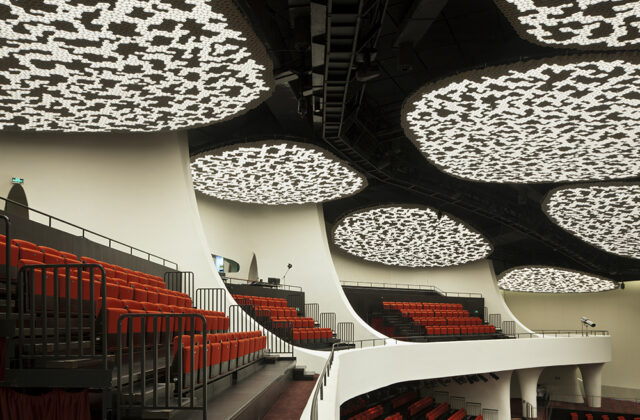
Daguan Theatre – Himalayas Center, Shanghai, China
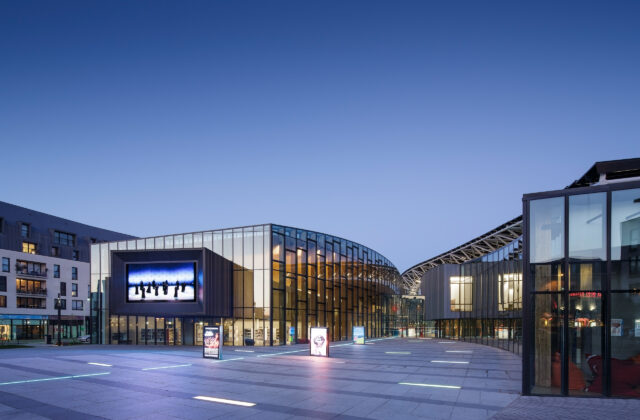
Cinematheque and Multimedia library, Saint-Malo, France

Sotheby’s 83 Faubourg Saint-Honoré, Paris, France
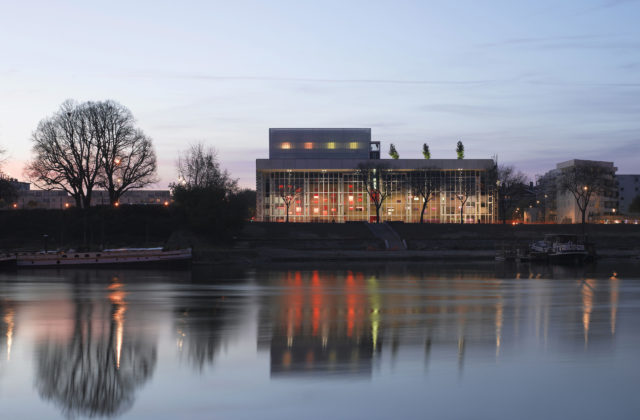
Le Quai Theatre, Angers, France
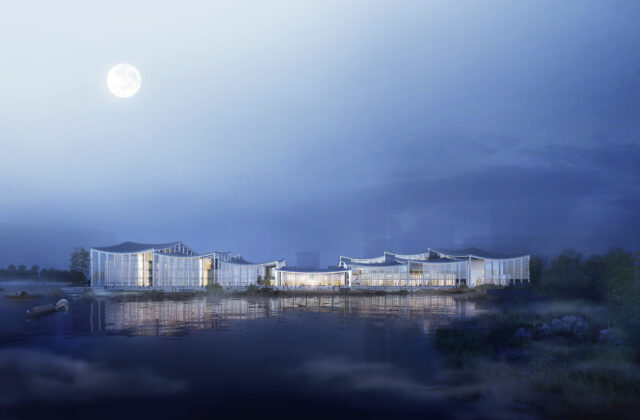
Rui’An’s new library, Rui'An, China
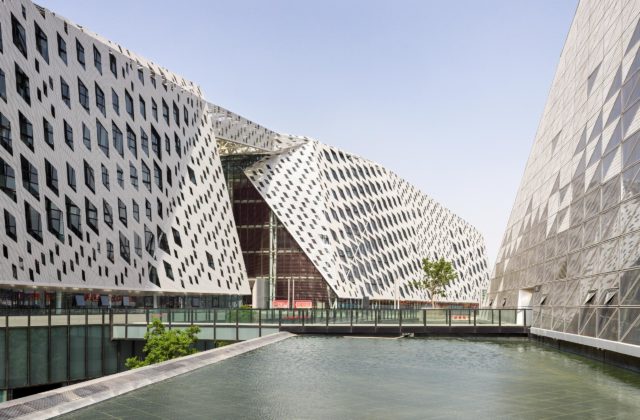
Jinan Cultural Center, Jinan, China

Baotou City Urban Exhibition Hall, Museum, Culture and Art Museum, Baotou, Chine
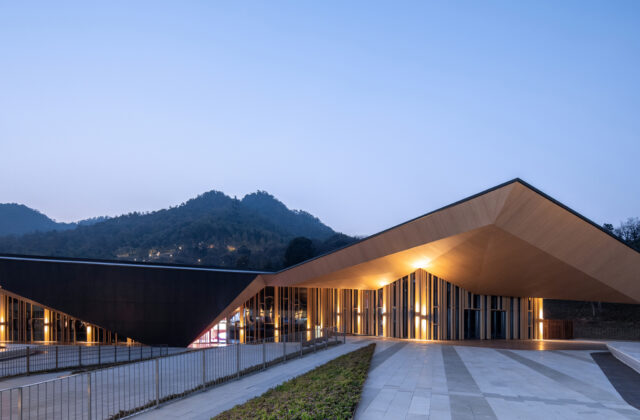
Deqing Xia Zhu Lake Garden Expositon, Deqing, China
